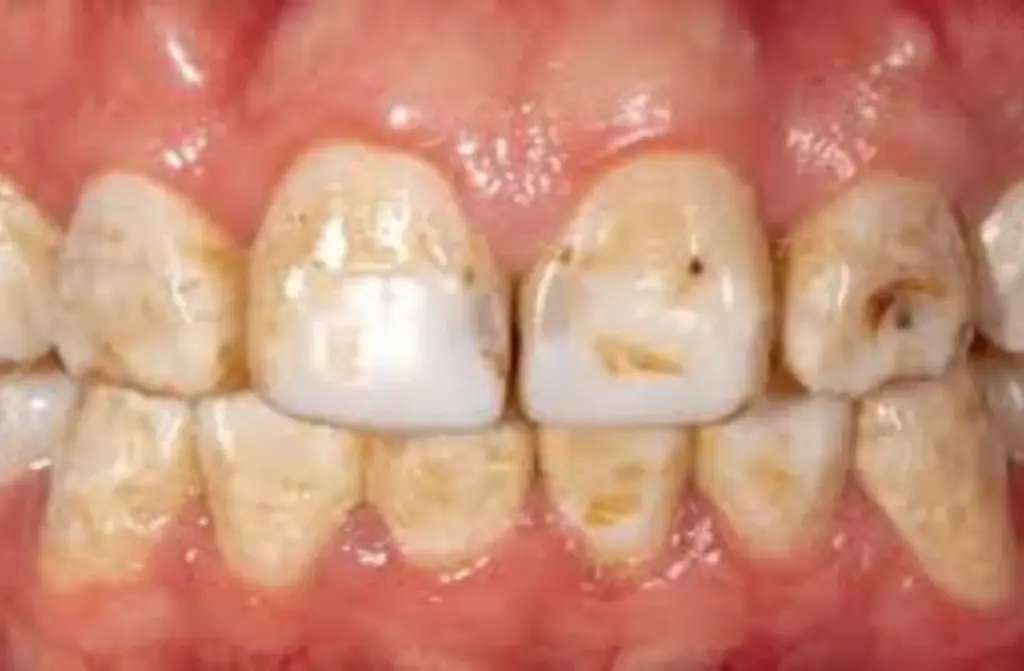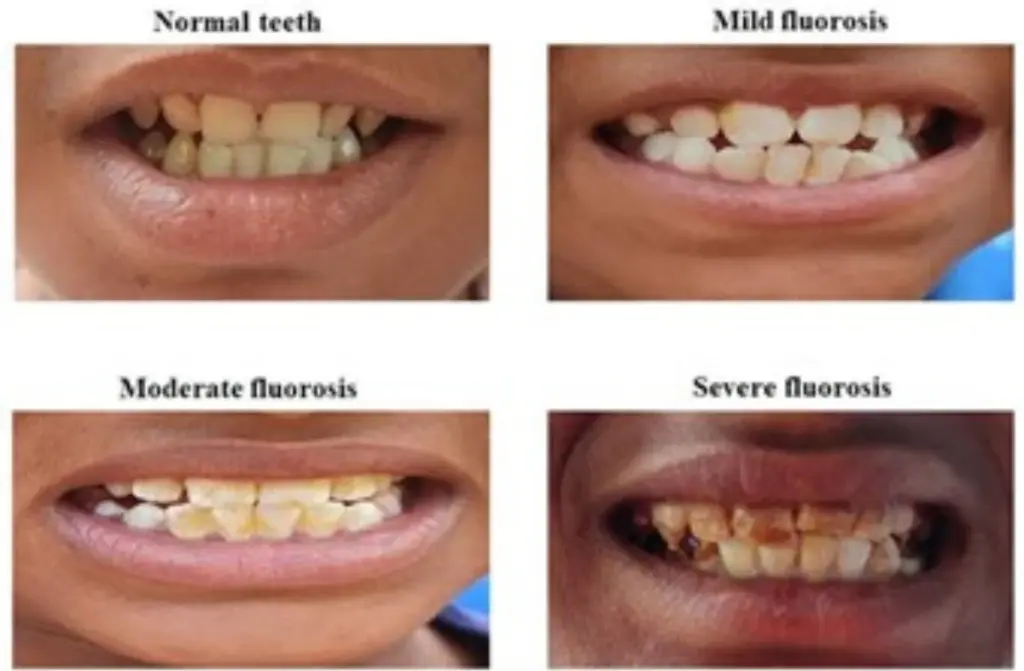Do you have distracting white or brownish spots on your teeth? Unable to figure out why those spots are present?

Dental fluorosis is a condition that affects the teeth due to overexposure to a mineral called fluoride, when teeth are forming (usually under the age of eight).
Fluoride generally good for preventing dental cavities, but too much of it can lead to visible changes in the enamel ( the outer layer of teeth). This condition is usually a result of consuming too much fluoride from drinking water (borewell water, well water etc.) and it is prevalent among various districts of Tamil Nadu which includes Dharmapuri, Salem, Krishnagiri, Vellore, Theni etc.
Degrees of Fluorosis Severity
- Mild Fluorosis: White, lacy markings or spots, usually unnoticeable unless inspected closely.
- Moderate Fluorosis: Brown or yellowish stains that are more apparent, affecting a larger portion of the enamel.
- Severe Fluorosis: Pronounced staining with possible pitting and rough enamel texture.

Impact of Dental Fluorosis
The main impact of dental fluorosis is cosmetic, but the discoloration can also affect individuals self-esteem and confidence. In rare cases, severe fluorosis can weaken enamel, potentially leading to more significant dental issues, such as cavities or sensitivity.
Treatment Modalities for Dental Fluorosis
The treatment for dental fluorosis largely depends on its severity. Here are some of the main options:
1. Teeth Whitening (Bleaching)
Professional teeth whitening to reduce the appearance of white streaks or mild discoloration.
2. Microabrasion
Abrasive particles are used to gently remove a thin layer of enamel, reducing discoloration.
3. Composite Bonding
A tooth-colored resin is applied over the affected areas, filling in pits or covering dark stains.
4. Porcelain Veneers
Thin porcelain shells are bonded to the front surface of the teeth, covering imperfections entirely.
5. Crowns
Crowns are placed over the entire tooth to provide both cosmetic improvement and structural reinforcement

TO CONCLUDE:
Dental fluorosis, while primarily cosmetic, can have a notable impact on an individual’s confidence and quality of life. With modern treatment options, managing and treating fluorosis is possible, helping patients enjoy healthier, more aesthetically pleasing smiles.
If you know someone affected by fluorosis , or yourself worried about dental stains do not hesitate to call us to discuss available treatment with us .





